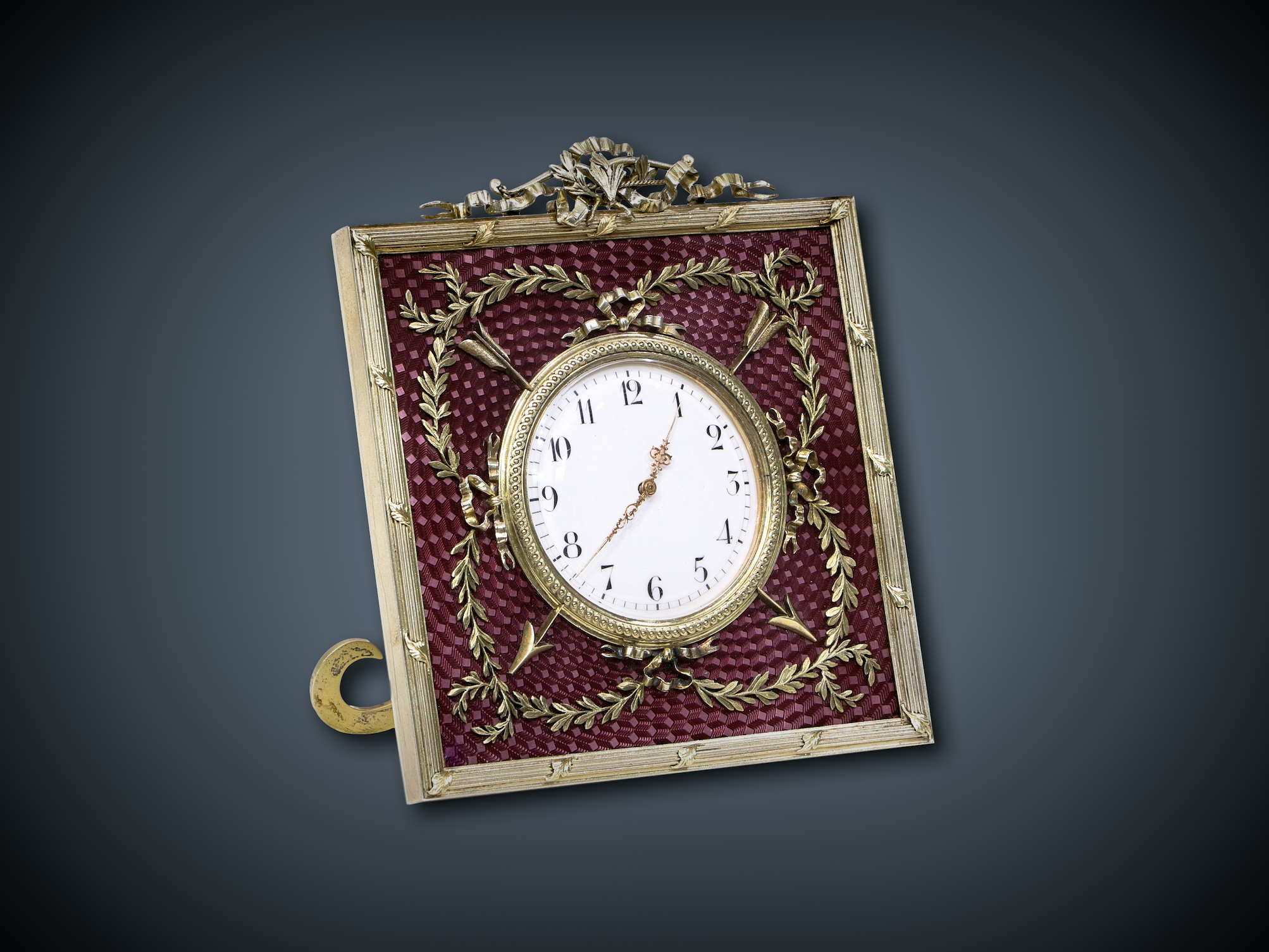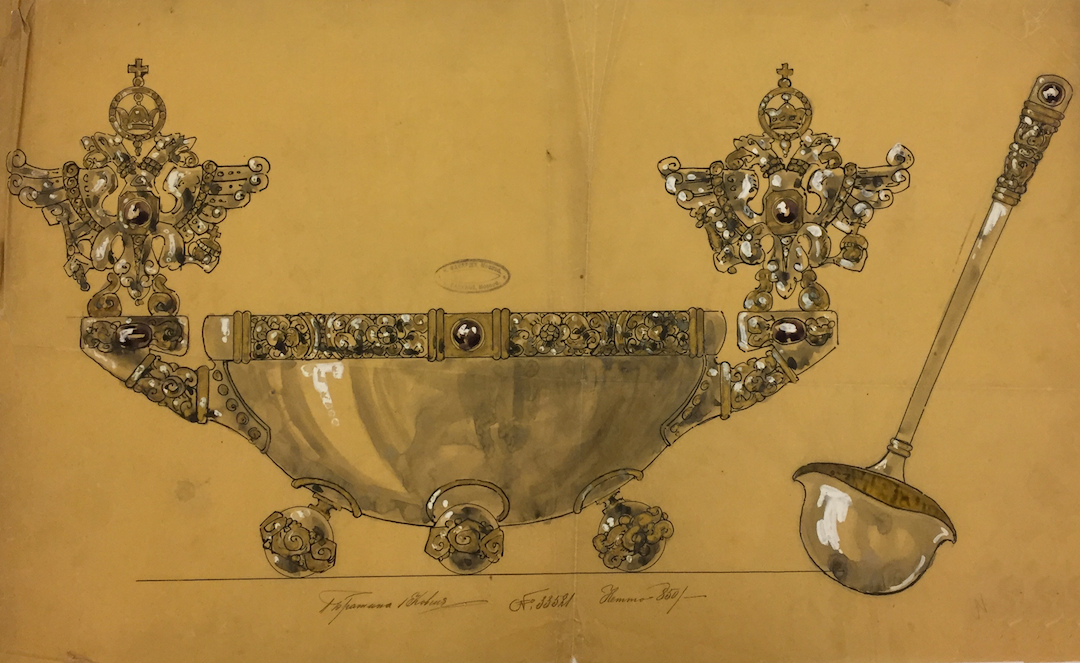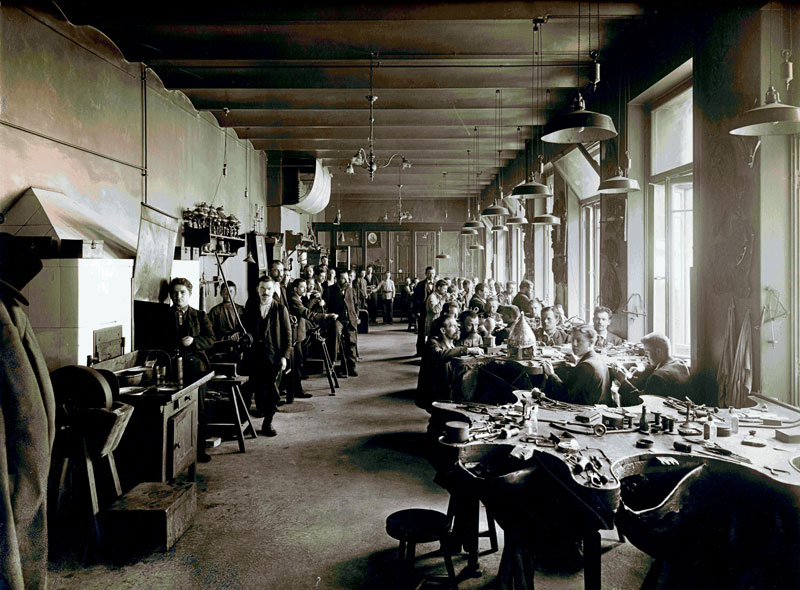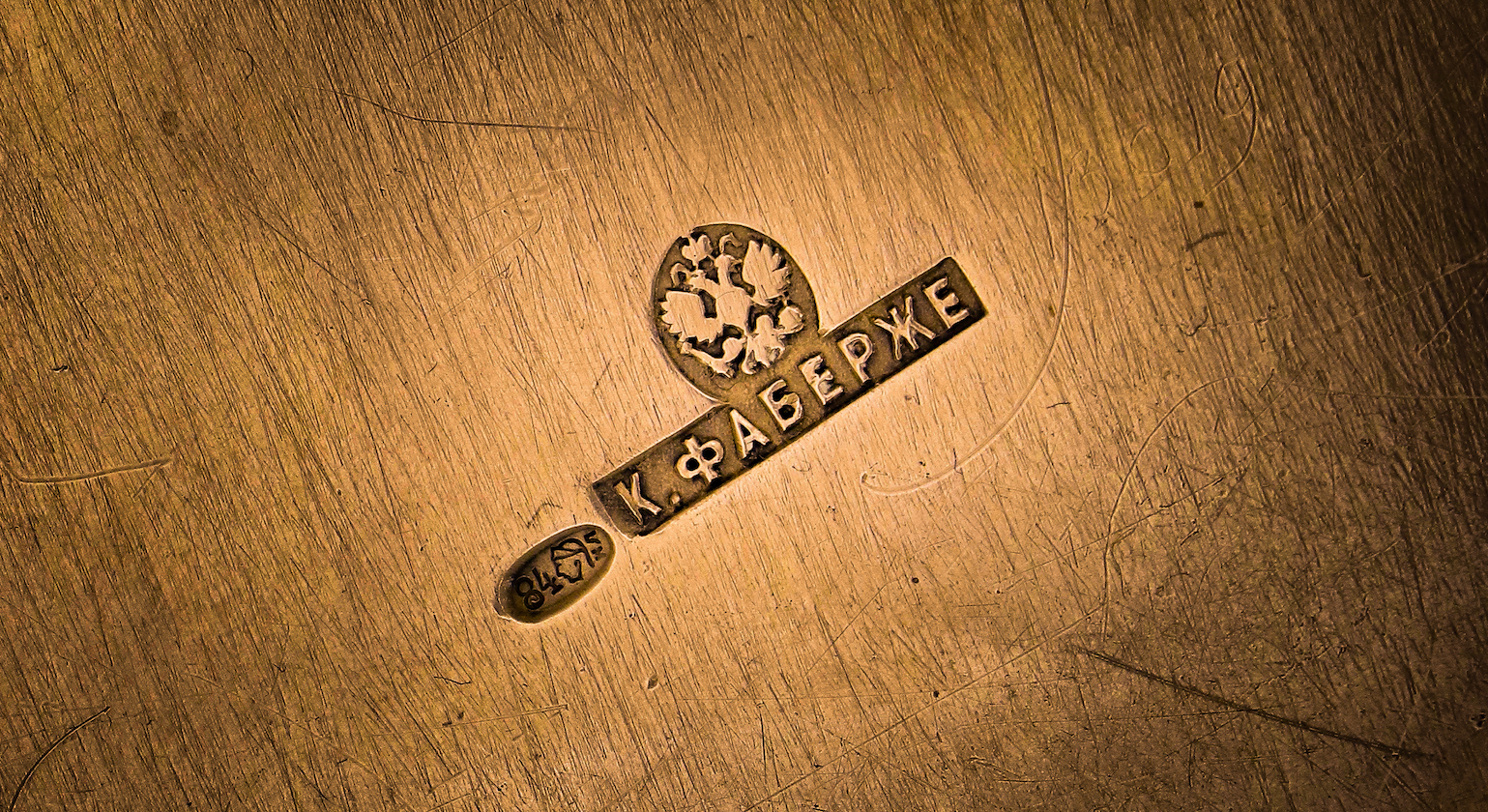
Because there is nothing like it.
During the firm’s existence and after its doors closed in 1917 very few objects have been produced that would be able to rival those created by the great Faberge workmasters.
What is it about the Faberge objects that separates them from similar items produced by other firms and makers for the past 100+ years?
The answer lies in Karl Faberge’s unique ability to combine different aspects of creating an item of luxury.
Excellent craftsmanship, advanced technics, artistry.
The firm of Karl Faberge consisted of several main workshops each headed by a workmaster. Each workshop specialized in certain types of objects. These workshops produced items exclusively for the firm, based on designs and models provided by the firm.

The Guiding Principle
“I have little interest in an expensive object if its price is only in it being stuffed with lots of diamonds and pearls”
– Karl Faberge
Artistry was everything.
Not only did the objects have to be skillfully crafted and beautifully decorated, they absolutely had to be artistically appealing.
It’s well documented that when Faberge felt that a finished object, whether due to design or execution lacked in artistic qualities, the object was scrapped.
The outmost attention was given to the design phase, which was no easy task. An artist can draw a beautiful object, but the design may not be technically possible to follow, or may require too much labor or be too costly to produce.
While the quality and appeal of the items was always Karl Faberge’s number one priority, at the end of the day it was still a business.
The artists responsible for the designing phase had to walk a fine line ensuring that a finished object, while conforming to the strict standards of luxury and craftsmanship, would also be esthetically appealing, but wouldn’t create too many technical challenges during production.

Craftsmanship
Each workshop would normally have 40 to 60 workers. All labor within the workshop would be highly specialized. Parts of an object would be created separately and then the object would be put together. Almost every object was created by the hands of several very skilled workers. All Faberge items are very well built and put together.
Talent
Karl Faberge, a jeweler and an artist himself, was able to find and bring in talented, skilled workmasters. Some of them already had their own workshops before joining Faberge, others established their workshops under Faberge.
These workmasters, having strong passion for their craft, often were the most skilled workers in their workshops, handling the most important or difficult tasks themselves. They were responsible for transforming a design drawing into a finished object while ensuring its artistry, often having to find innovative ways of overcoming technical challenges and obstacles that would inevitably arise during production.
They were true masters of their craft.
ENAMELS AND MATERIALS
The achievements of Faberge enamelers are simply astonishing. This complicated, very precise process where a slightest mistake will ruin the object, was mastered to perfection producing enamels that were nothing short of spectacular.
But it wasn’t just enamels, gold and diamonds. Faberge artists and craftsmen were able to get the most out of natural materials such as nephrite, rock crystal, moss agate, quartz, semi-precious stones, etc. The key here again was the artistic design of the object where the precious metals and enamels would complement and flow with the natural beauty of a stone or mineral.
CONCLUSION
Take the most beautiful precious and non-precious, man-made and natural materials, give them to highly skilled, talented enamelers, goldsmiths and jewelers, and have them create an object based on a tasteful, artistically rich design, that’s also mindful of the technical nuances and aspects of production, and you’ll get an unbelievable result. Change or remove anyone of these ingredients and the result will not be the same.
That is why the objects produced by the firm of Peter Karl Faberge are truly in a league of their own.


